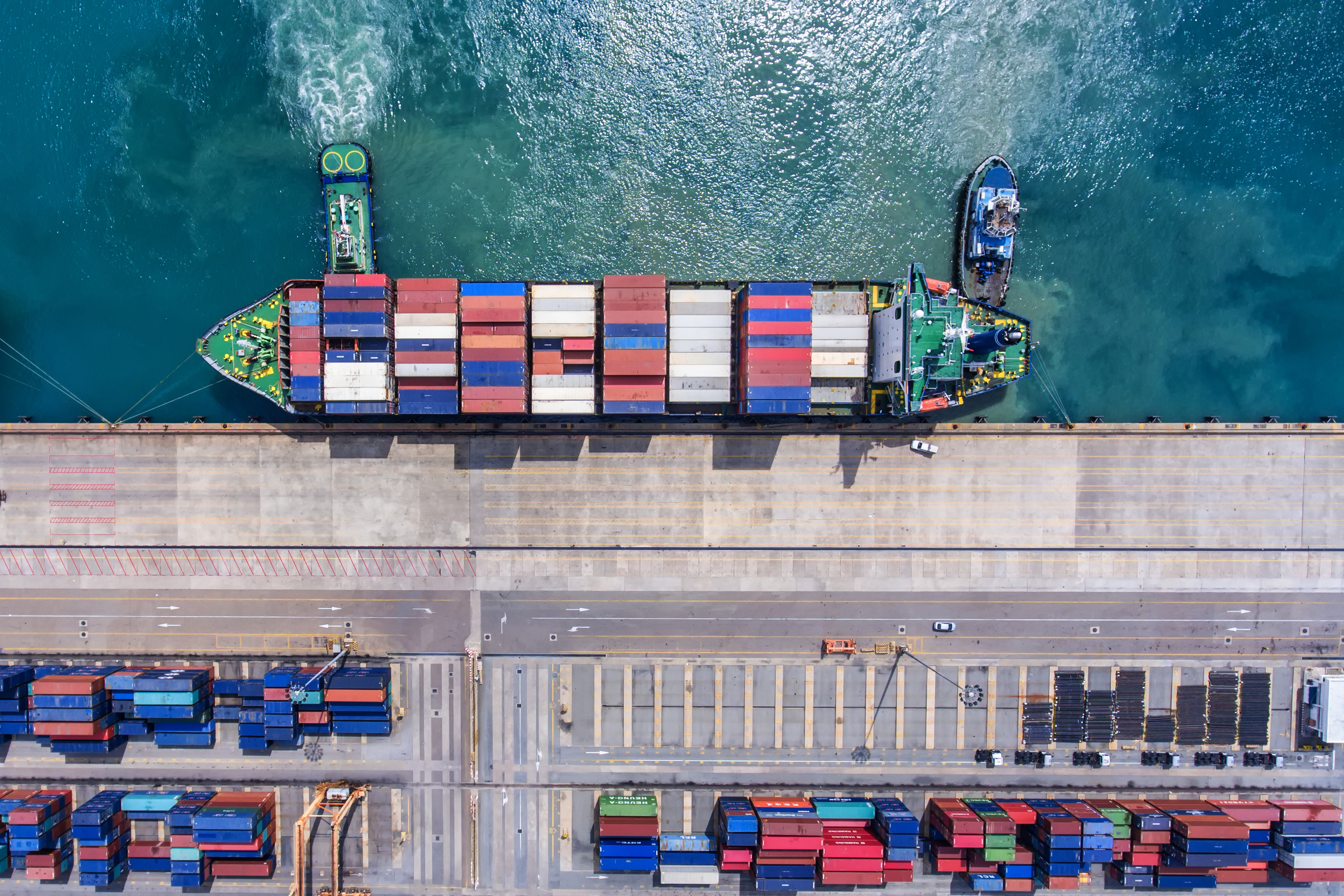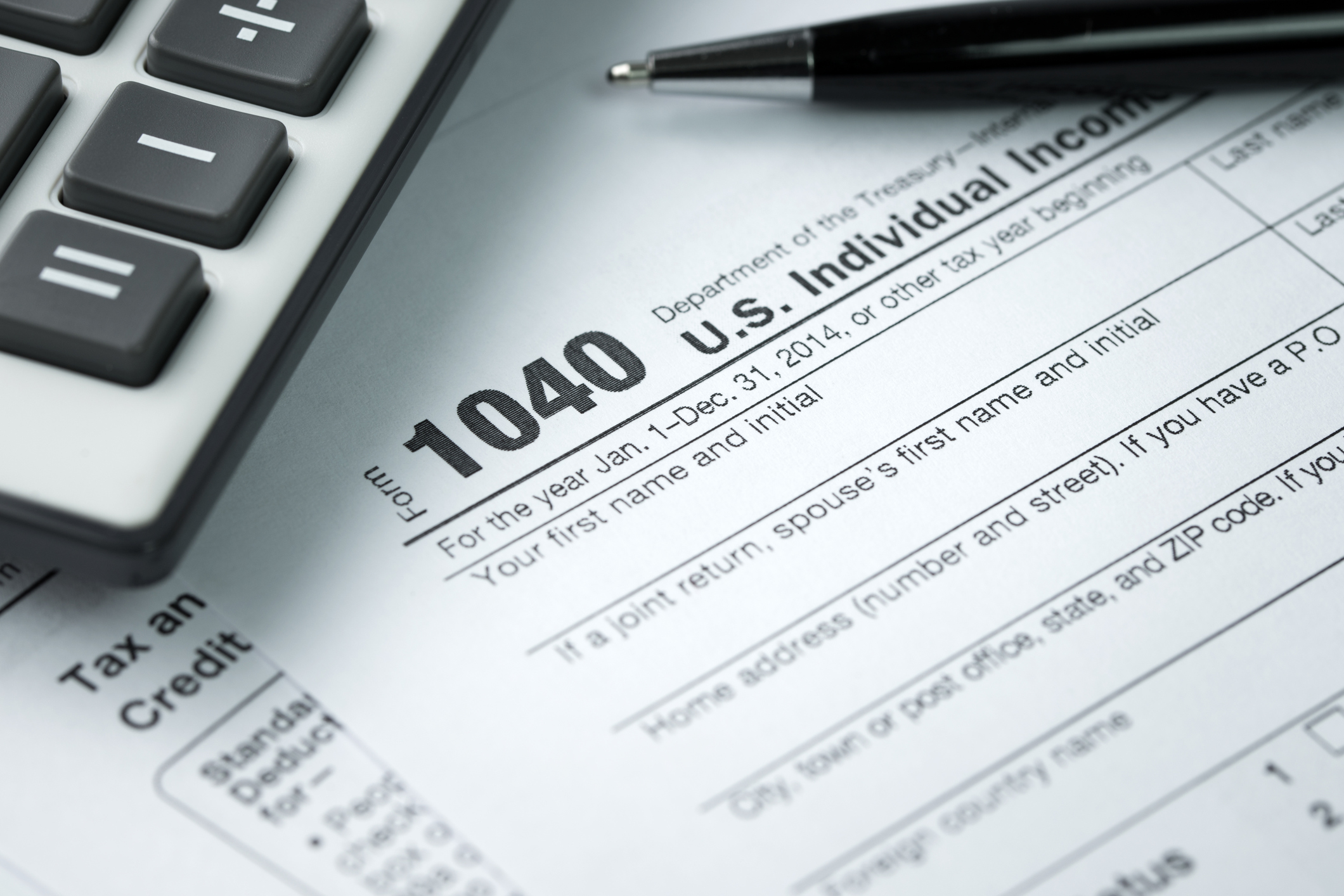In a global economy, it's important to be able to get goods from anywhere in the world, but it's not always as straightforward as simply writing a check to pay for them. This is where trade finance comes into play. Learn more about this important financial process here.

What is trade finance?
Trade finance is a type of credit that allows businesses in one country to buy goods from another country. It helps reduce risk on both ends of the transaction, ensures that the payment being made is good, and guarantees that the goods being received for that payment are shipped in a timely manner. It's a great balance between importers and exporters.
Banks are the primary providers of trade finance, but insurers also help to protect against nonpayment through credit insurance. These transactions carry few risks but can be affected by currency fluctuations, political instability, operational risk, and general nonpayment.
Instruments used in trade finance
Several tools are used to facilitate trade finance between parties that may not know one another very well. These are meant to foster trust and increase international trade opportunities, especially for smaller companies.
- Letters of credit (L/C). By far the most common financial instruments used in trade finance, letters of credit guarantee that payment will be made, upon the delivery of goods, by the bank that issues them.
- Import and pre-export loans. You can think of these more like working capital loans. They provide money for buying or producing goods for export. They're riskier than L/Cs and carry higher interest rates.
- Factoring. If an exporting company needs quick cash, it can sell its pending invoices through factoring. They sell at a discount due to the risk of nonpayment, but can make a huge difference if cash flow is tight or slow.
- Export credits. Governments sometimes provide financial support to their exporters to encourage them to do more business with other countries. These are export credits and are applied in various ways depending on the country issuing them.
How trade finance works
Trade finance is pretty straightforward, but these are the steps required for a transaction to be successful with the help of trade finance tools:
- Contract. Once the importers and exporters involved have decided on a price and the terms of the sale, including the trade finance instrument to be used, they'll sign a contract.
- Instrument issuance. Using the signed contract, the importer's bank or financial institution will issue the instrument to the exporter.
- Shipment. The exporter ships the goods and supplies the shipping documentation to the importer's bank for verification and tracking purposes.
- Payment. At the time specified in the contract, the bank will issue the payment to the exporter. This might be when the items are shipped or when they arrive at their destination port.
- Settlement. Settlement is when the importer pays the bank for the cost of the goods, plus any associated fees for the trade finance instruments.
Related investing topics
Why trade finance matters to investors
Trade finance is important to investors who are buying stocks from companies that rely on importing or exporting goods for sale. Without a solid trade finance process in place, these companies may struggle or even fail, and that's going to send stock prices plummeting.
Other factors that influence the free flow of money, such as political upheaval, can sometimes be mitigated with appropriate trade finance, making this a great option for companies that do business in particularly unstable parts of the world.
There are goods that can be purchased only from such places, especially items like specific agricultural products or raw materials. By utilizing trade finance, these companies can feel more secure that their transactions will be complete.
Although megacorporations don't always use trade finance due to their massive reach, small- and mid-cap stocks rely on these tools to grow their cash flow and create new supply lines.



















